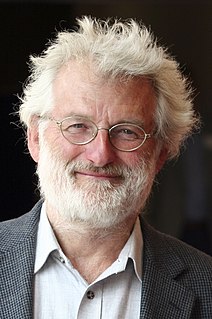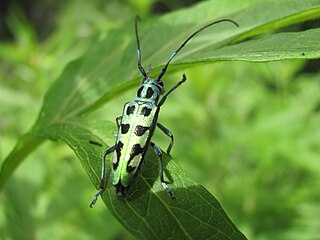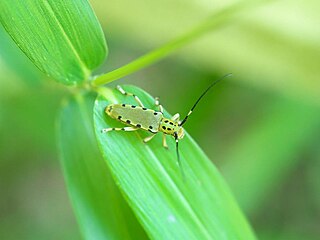Related Research Articles

Caenorhabditis elegans is a free-living transparent nematode about 1 mm in length that lives in temperate soil environments. It is the type species of its genus. The name is a blend of the Greek caeno- (recent), rhabditis (rod-like) and Latin elegans (elegant). In 1900, Maupas initially named it Rhabditides elegans. Osche placed it in the subgenus Caenorhabditis in 1952, and in 1955, Dougherty raised Caenorhabditis to the status of genus.

Howard Robert Horvitz is an American biologist best known for his research on the nematode worm Caenorhabditis elegans, for which he was awarded the 2002 Nobel Prize in Physiology or Medicine, together with Sydney Brenner and John E. Sulston, whose "seminal discoveries concerning the genetic regulation of organ development and programmed cell death" were "important for medical research and have shed new light on the pathogenesis of many diseases".

Sir John Edward Sulston was a British biologist and academic who won the Nobel Prize in Physiology or Medicine for his work on the cell lineage and genome of the worm Caenorhabditis elegans in 2002 with his colleagues Sydney Brenner and Robert Horvitz. He was a leader in human genome research and Chair of the Institute for Science, Ethics and Innovation at the University of Manchester. Sulston was in favour of science in the public interest, such as free public access of scientific information and against the patenting of genes and the privatisation of genetic technologies.

Banksia elegans, commonly known as the elegant banksia, is a species of woody shrub that is endemic to a relatively small area of Western Australia. Reaching 4 m (13 ft) high, it is a suckering shrub that rarely reproduces by seed. The round to oval yellow flower spikes appear in spring and summer. Swiss botanist Carl Meissner described Banksia elegans in 1856. It is most closely related to the three species in the subgenus Isostylis.

Eudromia is a genus of birds in the tinamou family. This genus comprises two crested members of this South American family.
Platycraniellus is an extinct genus of non-mammalian cynodonts. It is known from the Early Triassic Lystrosaurus Assemblage Zone of the Normandien Formation of South Africa. The type and only species is P. elegans.

Eutetrapha is a genus of longhorn beetles of the subfamily Lamiinae, containing the following species:
Eutetrapha biscostata is a species of beetle in the family Cerambycidae. It was described by Masao Hayashi in 1994.

Eutetrapha chrysochloris is a species of beetle in the family Cerambycidae. It was described by Henry Walter Bates in 1879, originally under the genus Paraglenea.
Eutetrapha cinnabarina is a species of beetle in the family Cerambycidae. It was described by Pu in 1986.

Eutetrapha laosensis is a species of beetle in the family Cerambycidae. It was described by Stephan von Breuning in 1965. It is known from Laos and Vietnam.
Eutetrapha lini is a species of beetle in the family Cerambycidae. It was described by Chou, Chung and Lin in 2014. It is known from Taiwan.
Eutetrapha metallescens is a species of beetle in the family Cerambycidae. It was described by Victor Motschulsky in 1860, originally under the genus Saperda.
Eutetrapha nephele is an extinct species of beetle in the family Cerambycidae, that existed during the Upper Miocene in what is now Germany. It was described by Heer in 1847.

Eutetrapha ocelota is a species of beetle in the family Cerambycidae. It was described by Henry Walter Bates in 1873, originally under the genus Glenea. It is known from Taiwan and Japan.

Eutetrapha sedecimpunctata is a species of beetle in the family Cerambycidae. It was described by Victor Motschulsky in 1860, originally under the genus Saperda. It is known from North Korea, Russia, Japan, and China.
Eutetrapha striolata is an extinct species of beetle in the family Cerambycidae, that existed during the Middle Miocene in what is now China. It was described by Zhang J. F. in 1989.
Eutetrapha terenia is an extinct species of beetle in the family Cerambycidae, that existed during the Middle Miocene in what is now China. It was described by Zhang J. F., Sun B. and Zhang X. in 1994.

Bauruemys is an extinct genus of turtles in the family Podocnemididae.
References
- ↑ BioLib.cz - Eutetrapha elegans. Retrieved on 8 September 2014.